detail profile g c3 b6sta bodin
Peran Yang Di Mainkan Gösta Bodin
 The rich aristocratic Katarina Hassel have...
The rich aristocratic Katarina Hassel have...My Sister and I 1950
The rich, aristocratic Katarina Hassel have an architect renovate her mansion. Katarina fall in love with the young architect, Gunnar Stenwall. Alas, he doesn't fall in love with her. But perhaps if Gunnar would meet her identical sister, who works in Stockholm as a waitress, he would fall in love with her instead? So Katarina travels to Stockholm to act as her non-existing sister.
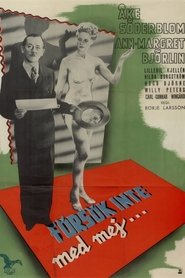 Bjrn Norell a bookish assistant to...
Bjrn Norell a bookish assistant to...Försök inte med mej... 1946
Björn Norell, a bookish assistant to an art dealer, is fired because of his inability to find the third of a trio of Buddha statues. In order to get his job back, Norell, goes on a hunt to find it in order to get his job back. Meanwhile, the art dealer has sent his daughter Ulla after him to retrieve the statue. Plot by Mattias Thuresson.
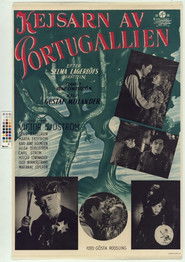 The poor farmer Jan is getting...
The poor farmer Jan is getting...The Emperor of Portugallia 1944
The poor farmer Jan is getting very old when he becomes father to the girl, Klara Gulla. First, he sees the child as a burden, but when he receives the newborn child in his arms he is overjoyed. He does everything in his power for her during her. But when she as an adult leaves home, Jan can not come over the loss of her.
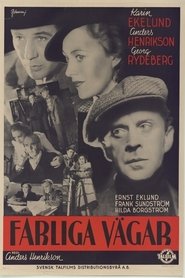 A stateless lawyer comes with his...
A stateless lawyer comes with his...Farliga vägar 1942
A stateless lawyer comes with his son Karel and his two daughters Vanja and Sonja as refugees to Stockholm. No one gets work permit in Sweden and the family's problems grows to not just financially. The idleness and hopelessness towards the future is almost worse and that can lead into dangerous paths.
 At the end of the middle...
At the end of the middle...Love's Crucible 1922
At the end of the middle ages, Ursula is accused of having poisoned her own husband. She claims she is innocent, but to prove it, she must submit to a ritual: trial by fire, walking on fire along a path leading directly to a crucifix. A film that has been much commended for the visual creativity shown by the director in successive blending in of images involving Ursula, her husband, the Virgin Mary, and Jesus Christ. Much applauded, also: the performance of Jenny Hasselqvist, thus described by French director René Clair: “We shall never forget her flaming eyes, the severity of her spirit, her abrupt and alarmed expressions, like an animal under threat.”

 The vagabond Loffe is drifting along...
The vagabond Loffe is drifting along...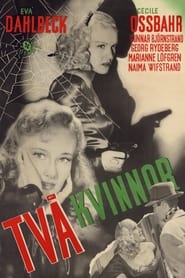 Two Women Cecilia is in hospital...
Two Women Cecilia is in hospital...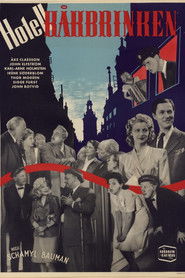 Laban Lundstrm is the porter at...
Laban Lundstrm is the porter at...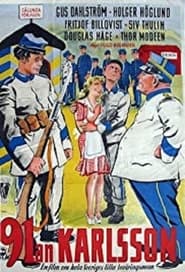 The Squadron leader throws big a...
The Squadron leader throws big a...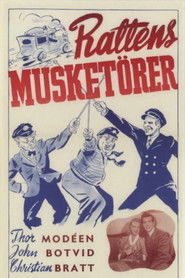 Three cab drivers win a big...
Three cab drivers win a big...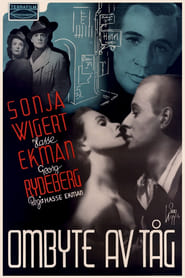 Inga an unemployed actress meets a...
Inga an unemployed actress meets a...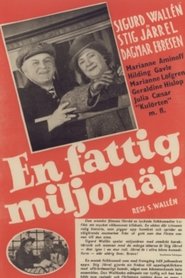 Nisse Holm start marketing coffee made...
Nisse Holm start marketing coffee made...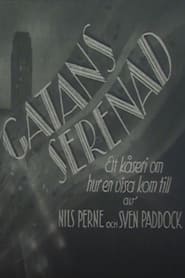 Chronicle about how a song came...
Chronicle about how a song came...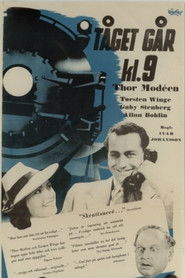 Stockholm Central station The loudspeaker announces...
Stockholm Central station The loudspeaker announces...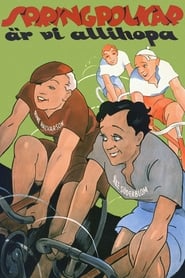 Gugge and Nuffe work at the...
Gugge and Nuffe work at the...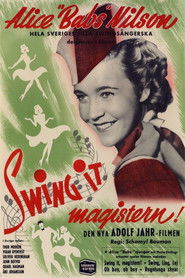 Old fashioned teachers are taught swing...
Old fashioned teachers are taught swing...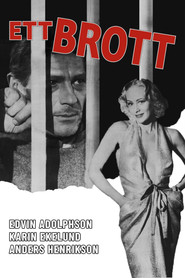 A Crime A murder is committed...
A Crime A murder is committed...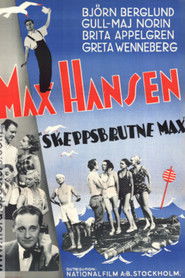 Max Mattsson gets stranded on a...
Max Mattsson gets stranded on a...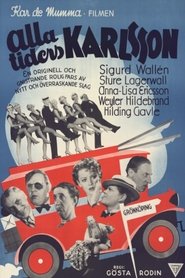 ke is employed as a singer...
ke is employed as a singer...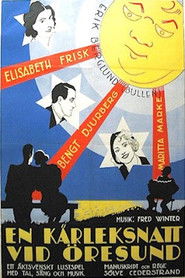 In a southern Swedish city by...
In a southern Swedish city by...